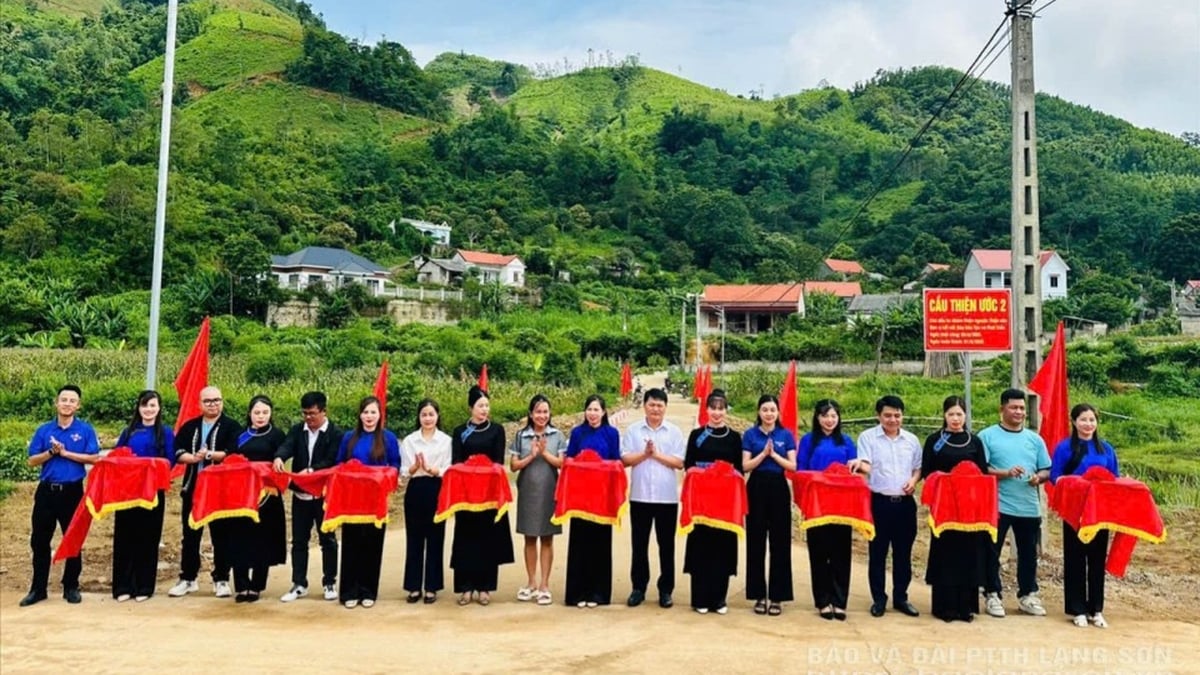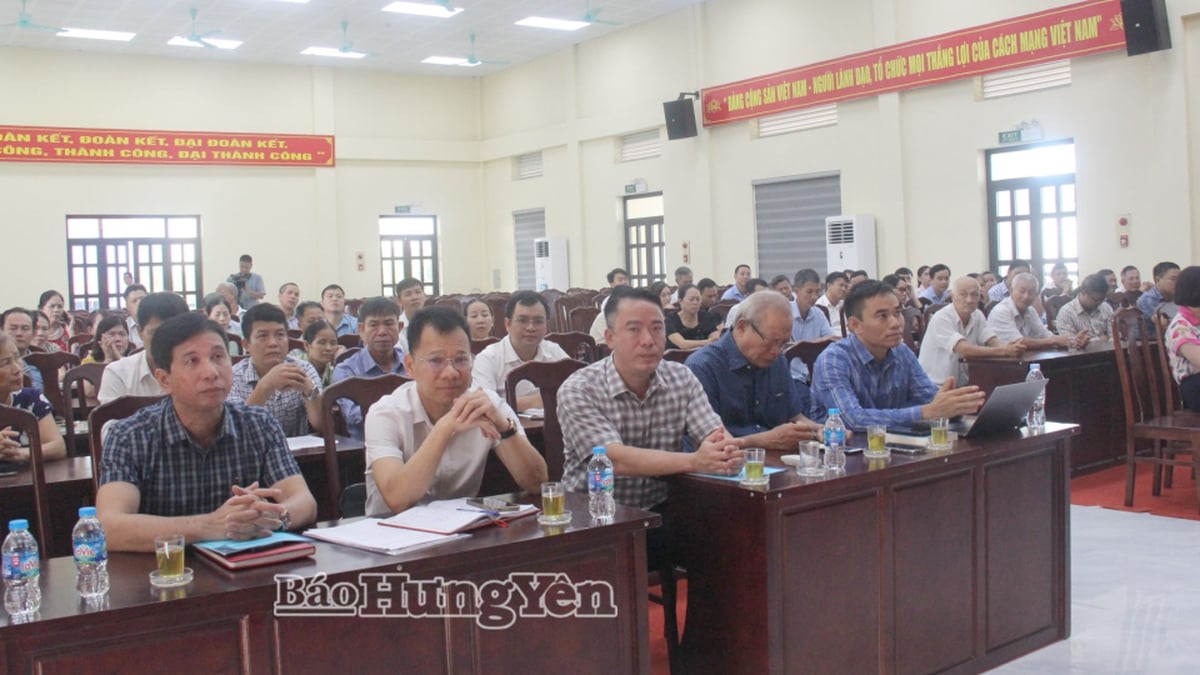 |
| Vietnam's industrial real estate market is undergoing a period of strong transformation, becoming a bright spot in the context of a volatile global economy . (Source: VnEconomy) |
With a stable GDP growth rate of about 6-7%/year, continuous FDI capital flows into manufacturing and high-tech sectors, and a synchronously upgraded transport infrastructure system, this segment is reshaping the national investment map.
Occupancy rates in key industrial parks reached 80-89%, while industrial land rental prices increased by 4-5% per year, reflecting the attraction of the global production shift wave and the "China +1" strategy of multinational corporations.
Growth drivers from FDI inflows and supply chain shifts: Vietnam attracted $38.23 billion in FDI in 2024, focusing on high-tech projects such as semiconductor manufacturing, electronic components, and renewable energy. Corporations such as Samsung, LG, and Foxconn continue to expand their operations, creating demand for 1.2 million square meters of factory space in Ho Chi Minh City and Hanoi. This trend is driven by its strategic location in the Asia- Pacific supply chain, along with a corporate tax incentive of 10% for high-tech projects.
Spatial distribution and price dynamics: The Northern region will record an absorption area of 400 ha by 2024, concentrated in Hai Phong and Bac Ninh with an average rental price of 137 USD/m², up 4.2% year-on-year. Meanwhile, the Southern region will maintain an occupancy rate of 89% in key industrial zones such as Binh Duong and Dong Nai, where rental prices reached 175 USD/m² thanks to demand from the logistics and e-commerce industries. Notably, the Central region is emerging as a new destination with competitive prices of 60-90 USD/m², attracting billion-dollar projects from Luxshare and Foxconn in Nghe An.
Transforming the development model: Instead of the traditional model, new-generation industrial parks are integrating 3 layers of services: smart infrastructure (IoT, 5G), supporting business ecosystem, and multi-functional utilities (R&D center, worker housing area). The high-rise factory model saves 40% of the area, allowing flexible module rental is being applied in many provinces and cities such as Ho Chi Minh City, Binh Duong, Dong Nai, Tay Ninh, Ba Ria-Vung Tau, Long An, Hai Duong, Bac Ninh ...
Vietnam’s industrial real estate market is witnessing important development trends. Along with that, new investment opportunities are opening up in many areas, from key economic zones to emerging provinces and cities.
Developing green industrial infrastructure: The government aims for 30% of industrial parks to achieve LEED/green certification by 2030, creating opportunities for projects using recycled materials, rooftop solar power systems, and recirculating wastewater treatment. The Korean Industrial Complex project in Hung Yen with a total investment of VND6,083 billion is a typical example of this trend.
Expanding into the secondary market: Provinces such as Dak Lak, Phu Tho, and Tay Ninh are attracting investors thanks to their abundant land funds and special incentives. The 313-hectare Phu Xuan Industrial Park project in Dak Lak and the Bac Dong Phu Industrial Park Phase 2 in Binh Phuoc promise rental returns of 12-15%/year thanks to land prices 40% lower than in key areas.
Modern logistics and multimodal transportation: The demand for industrial cold storage for the food and pharmaceutical industries is expected to increase by 25% per year, while the regional distribution centers (RDCs) in Cai Mep (Ba Ria-Vung Tau) and Lac Hong (Hai Phong) are lacking 500,000 m² of space. Investors can combine smart warehouse models with integrated AI inventory management and cross-dock systems to optimize the supply chain.
Industry 4.0 and innovation: 5G deployment in key industrial zones enables the application of autonomous robots and real-time production monitoring systems. At Hoa Lac Hi-Tech Park, a "digital factory" model using digital twin is being tested by Nestlé and Intel, expected to save 15% of operating costs.
Developing a closed industrial ecosystem: The trend of forming specialized industrial clusters (CLKCN) is on the rise, such as the electronics cluster in Bac Ninh - Vinh Phuc or the textile center in Long An. These industrial parks integrate from raw materials to auxiliary production, reducing 30% of logistics costs for businesses.
Adapting to global minimum tax policy: According to OECD regulations, multinational corporations must pay a minimum tax of 15% from 2024, encouraging them to invest in green infrastructure and employee welfare. This opens up opportunities for high-standard worker housing projects and vocational training centers in industrial parks.
Despite many development opportunities, Vietnam’s industrial real estate market also faces many challenges. Solving these problems requires appropriate policies along with strong investment from businesses and the involvement of management agencies.
Planning and legal risks: Overlapping planning in 28% of provincial industrial parks requires an inter-sectoral coordination mechanism. The solution of applying GIS digital platform in industrial land management is being piloted by the Ministry of Planning and Investment in 15 provinces.
Competitive pressure from neighboring countries: To maintain its advantage over Thailand and Indonesia, Vietnam needs to improve its logistics index (currently ranked 39/160) through developing deep-sea ports and bonded warehouse systems. The Cai Mep port project and the railway connecting Lao Cai - Hai Phong are being accelerated.
Energy transition in industry: According to the commitment at COP28, at least 20% of electricity in industrial zones must come from renewable sources by 2030. The PPP model in installing rooftop solar power and energy storage battery systems is being encouraged through tax incentives.
According to the Vietnam Industrial Real Estate Yearbook - Development Plan to 2030 , Vietnam's industrial real estate market is facing a "golden" opportunity to become the smart manufacturing center of ASEAN, especially in the high-tech and logistics industries.
Investors should focus on three pillars: Developing green industrial parks integrating renewable energy; Building a closed industrial ecosystem according to the value chain, and Applying digital technology in infrastructure management.
At the same time, balancing growth and sustainable development through strict environmental monitoring mechanisms will be key to maintaining the long-term appeal of this segment.


































































































Comment (0)